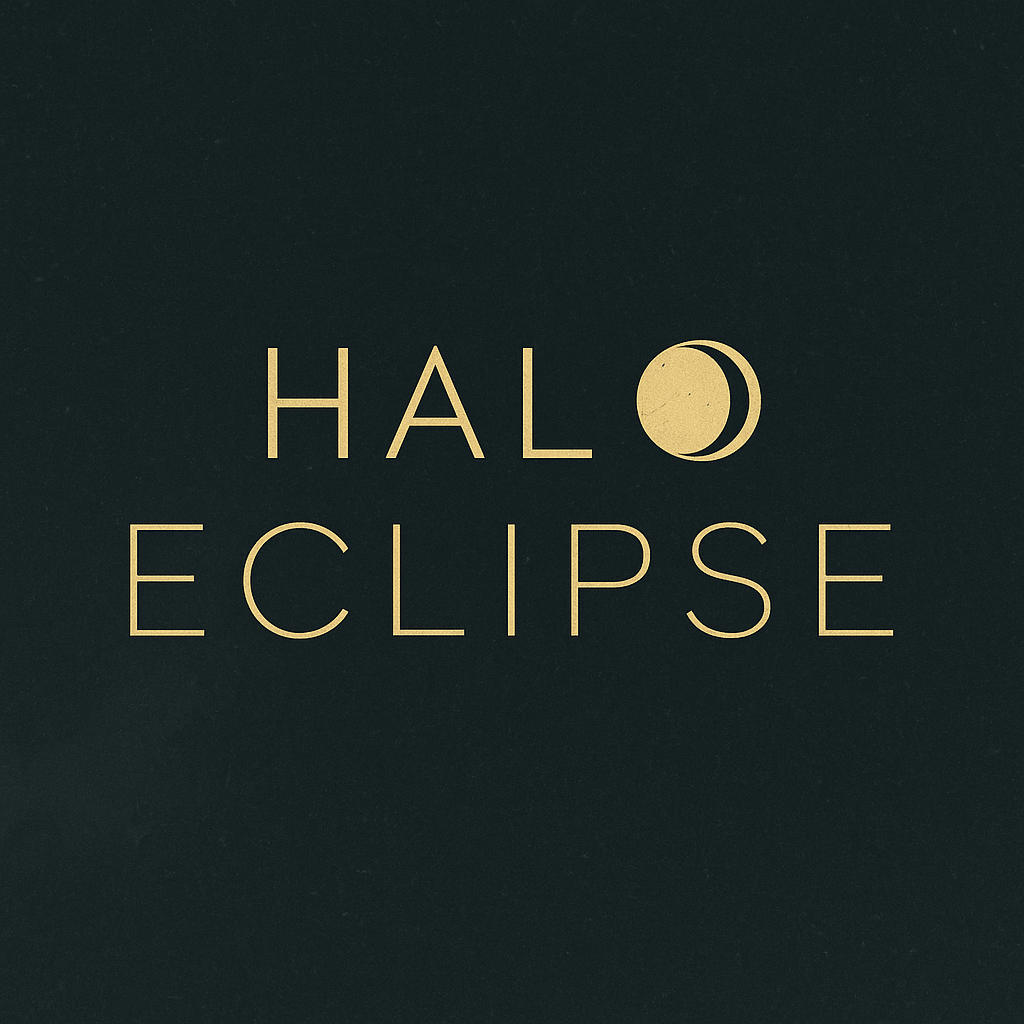It’s been several long years since the Great North American Eclipse of August 2017, and the solar spectacle of the total solar eclipse is coming back to North America with a vengeance in 2024. Here are ten curious facts about this rare celestial event to impress your friends!
1. The solar eclipse will take place on April 8th, 2024, beginning around 10:05am EDT near Mazatlán, Mexico and ending at 2:33pm EDT near Eastport, Maine. It's a true North American eclipse!
2. The narrow path of totality for this solar eclipse—where the Moon completely covers the Sun—runs through Mexico (from Sinaloa to Coahuila), the US (from Texas to Maine), and Canada (from Ontario to Newfoundland).
3. Don’t forget your eclipse glasses! To safely view the solar eclipse, you must wear protective solar eclipse glasses or solar filters on binoculars and telescopes. The American Astronomical Society (AAS) recommends ISCO 12312:2 certified eclipse glasses, like Halo Eclipse Spectacles, for solar viewing; they are made of premium scratch-resistant polymer materials and are manufactured to strict safety specifications.
4. During this solar eclipse, it is possible to experience what is known as “totality”—a short period of time when it appears as if day turns into night because the Moon covers all direct sunlight, casting an eerie twilight across that part of Earth. A total solar eclipse is the only type of solar eclipse where viewers can momentarily remove their eclipse glasses for a few seconds. It is only safe to remove your eclipse glasses during what’s known as totality, the brief period of time when the Moon is completely blocking the Sun. Eclipse glasses are required for the entire duration of the eclipse when viewing from outside the path of totality.
5. You don’t need to be in the path of totality to experience incredible phenomena associated with a solar eclipse—if you can see at least 60% coverage of the Sun, then you can expect to see some pretty neat things like Baily’s beads, shadow bands, and solar corona.
6. Did you know that solar eclipses can have unique effects on animals? Watch carefully as your furry friends may show strange behaviors during the solar eclipse!
7. There are four types of solar eclipses: total, partial, annular, and hybrid. When the Moon passes directly between Earth and Sun such that its apparent diameter is larger than Sun’s, we experience a total solar eclipse; an annular solar eclipse occurs when its apparent size is smaller than Sun’s disk; and a hybrid solar eclipse occurs when it appears to be both smaller and larger during different parts of the eclipse.
8. This is the third time in seven years that a solar eclipse crosses the United States mainland. The solar eclipse of August 2017 was total, while the solar eclipse of October 2023 was annular.
9. While solar eclipses were once used to predict omens and the future, modern science has taught us how solar eclipses work. When the Moon passes between Earth and Sun, its shadow casts over a certain area on Earth, temporarily blocking out light from the sun and allowing viewers in that area to experience total or annular solar eclipses.
10. Don’t forget to document this solar eclipse! A solar eclipse is a remarkable phenomenon that you won’t want to miss. Make sure to take plenty of photos and videos so you can share your memories with friends and family for years to come. To photograph a solar eclipse, you should use a camera with manual settings and a solar filter to protect your eyes and the camera lens. A tripod is also recommended to keep the camera steady during the long exposure. Additionally, it's best to use a telephoto lens with a focal length of at least 300mm to capture close-up images of the eclipse. Remember to never look directly at the sun without proper protection as it can cause serious eye damage.
The Great North American Eclipse of 2024 promises a new era in solar eclipses - there are two solar eclipses every year from 2024 to 2028 and four in 2029! Make sure to mark the dates on your calendar and start planning for an unforgettable solar spectacle!


